This collection of people, lodges and parks reflect my very best personal experiences (as of 2019) from over 30 years of mammal watching in more than 100 countries. This Top 20, in no order whatsoever, is a completely subjective list based only on the people, places – and of course the mammals – that I have encountered. How many have you been to?
You might also find this post interesting: Best Kept Secrets – 10 under visited mammal watching desinations.
Africa
1. Central African Republic: Sangha Lodge
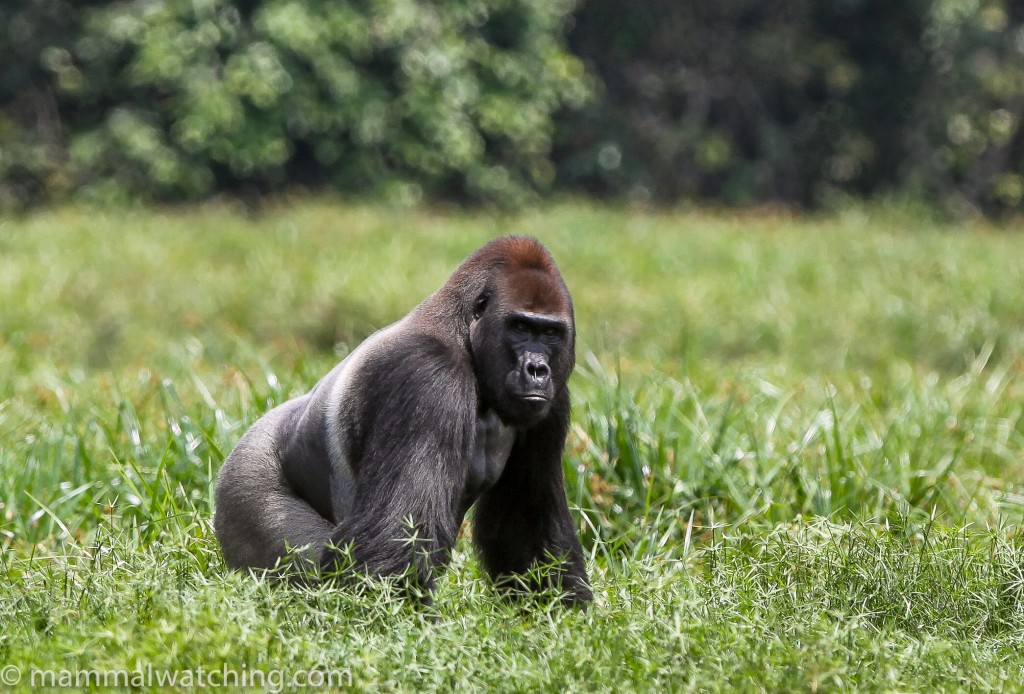
Lowland Gorilla, Gorilla gorilla
Sangha Lodge is almost certainly the reason you want to visit the C.A.R. in the first place. But, just in case you didn’t know, Africa doesn’t get any better. Western Lowland Gorillas, hundreds of Forest Elephants, Bongos and much much more are in and around this remote lodge slap in the middle of Africa.
2. Gabon: Central Gabon with Vianet Mahindou
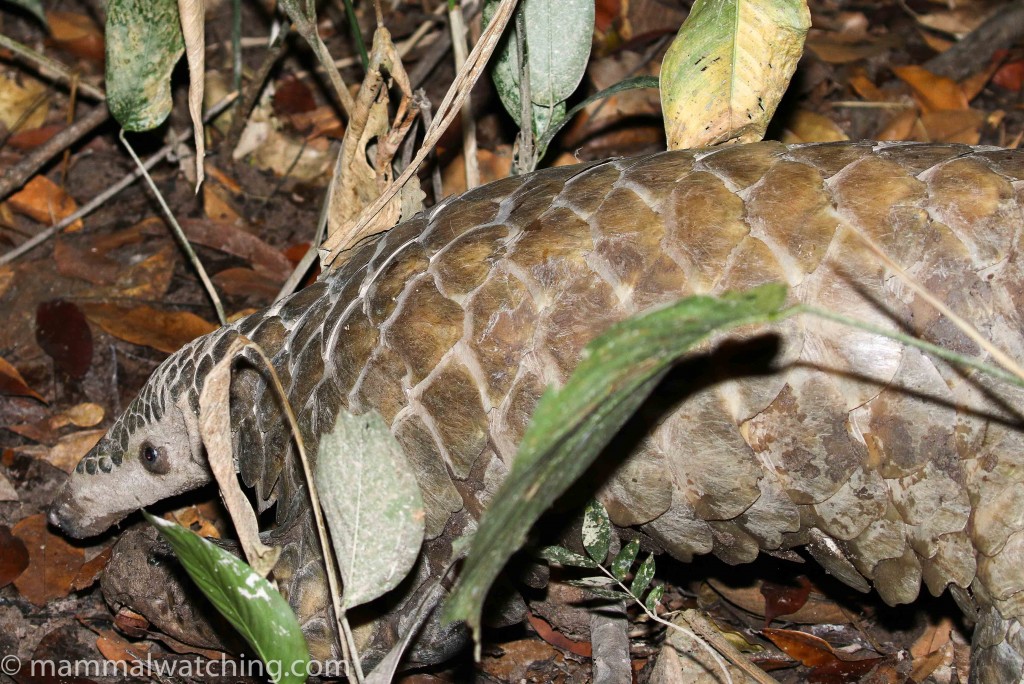
Giant Pangolin, Smutsia gigantea
Gabon is off the hook. Unlike so much of the region, most of Gabon’s forest remain intact. With nearly all the Gabonese living in cities the bush is still home to a lot of wildlife. Lope and Mikongo National Parks are two of the best mammalwatching destinations in Africa. See my 2018 trip report for a mouthwatering list of species including Mandrills, Giant Pangolin and Water Chevrotain. Travel around with Vianet Mihindou – he is one of the best guides I’ve ever travelled with – on a trip organized by Middle Africa.
3. Ghana: Pangolins with Robert Ntakor
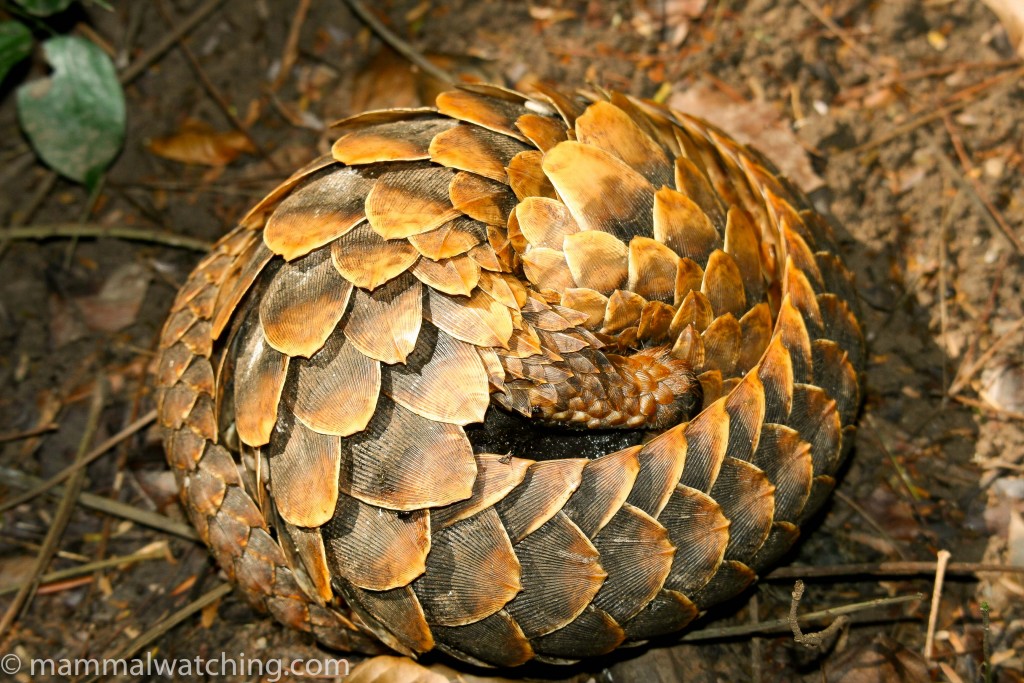
Long-tailed Pangolin, Uromanis tetradactyla
Robert Ntakor was my guide when I visited Ghana in 2007 and went to Kakum National Park. One of the finest guides I have come across, not least because he found me my first pangolin. I still do not understand how Robert managed to spot what was just a single scale pangolin peeping through the foliage. Legend! Robert now runs his own tour company (mainly birds but also mammals) and here’s his personal email. Ghana is still one of the best places in the world to look for both White and Black-bellied Pangolins.
4. Madagascar: So Many Mammals; So Little Time
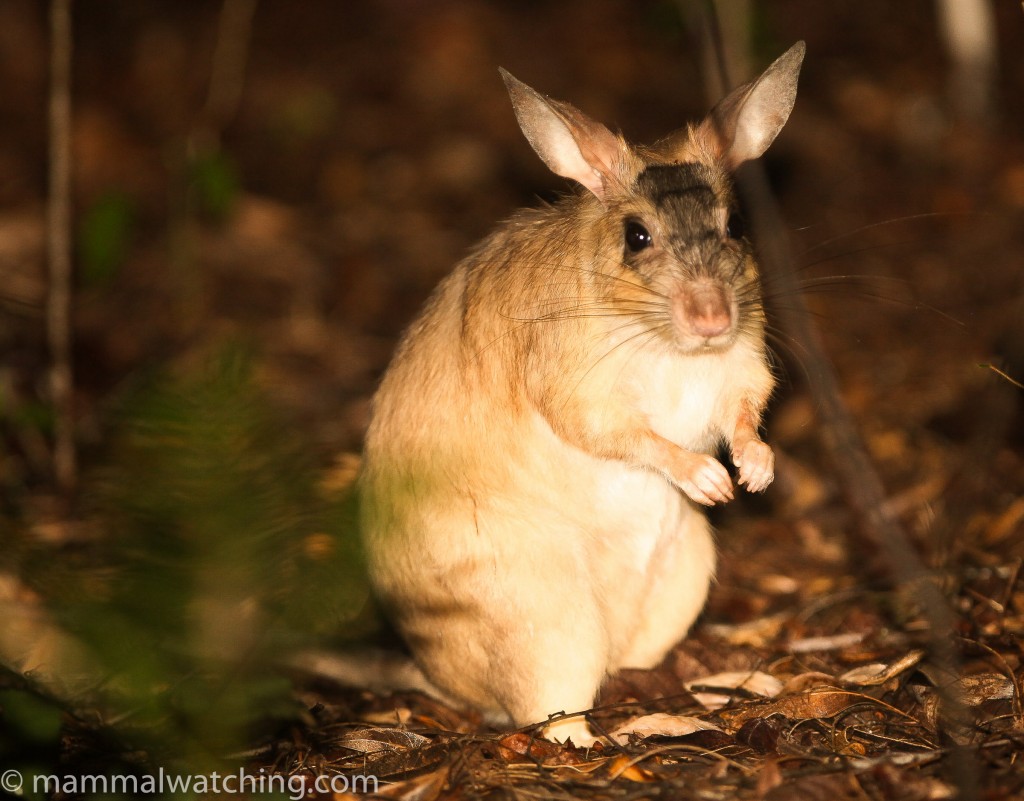
Giant Jumping Rat, Hypogeomys antimena, Kirindy
I have to include Madagascar but really the entire island deserves a place here, both for the quality of the national parks, the spectacularly unique mammals, as well as some of the best local guides in the business. Guides who know where to find all of the mammals large and small. Finding a good ground agent can be trickier and unfortunately the brilliant Fano, who took me around in 2010 is no longer working. Go while you can because there is heartbreakingly little forest left in many areas.
5. Sierra Leone: Pygmy Hippos and More
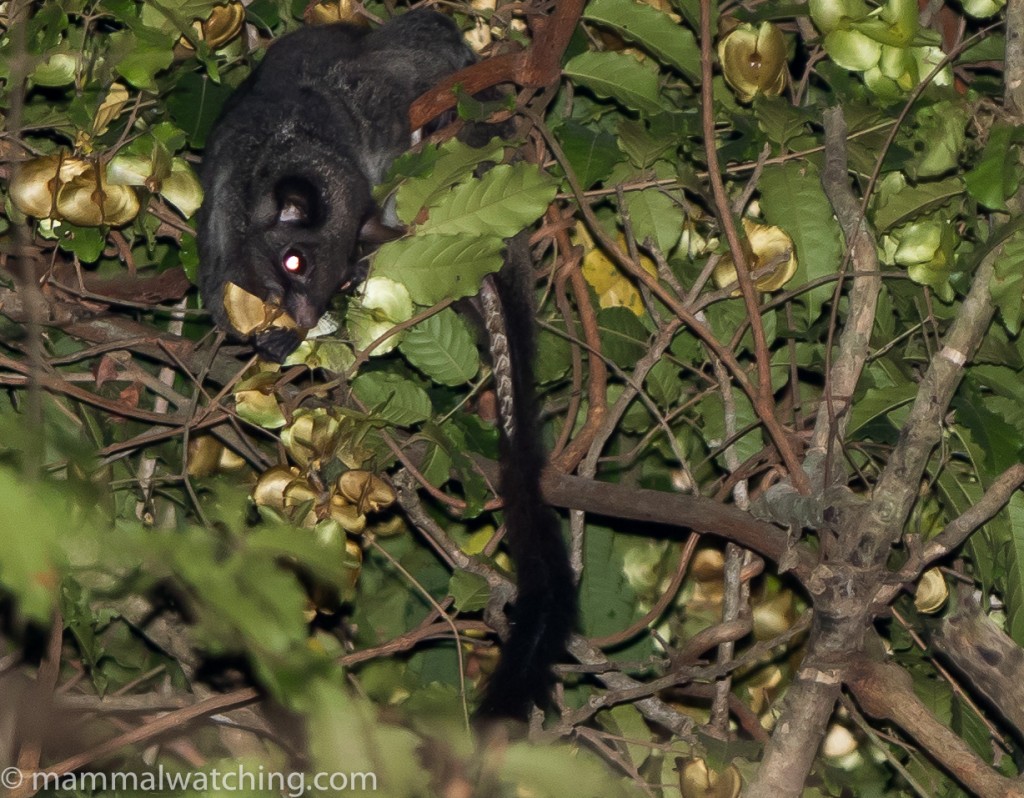
Lord Derby’s Anomalure, Anomalurus derbianus, Tiwai Island
Sierra Leone’s Tiwai Island and Gola National Parks might not be the most luxurious destinations (OK, they are definitely not…) but they protect some of the last remnants of West African forest and some superb mammals including Pygmy Hippos, Royal Antelope, Diana and Red Colobus Monkeys and Hammer Bats. Every visit there helps protect this forest.
6. & 7. South Africa: Aardvarks at Marrick Safari & Riverine Rabbits at Dunedin Farm
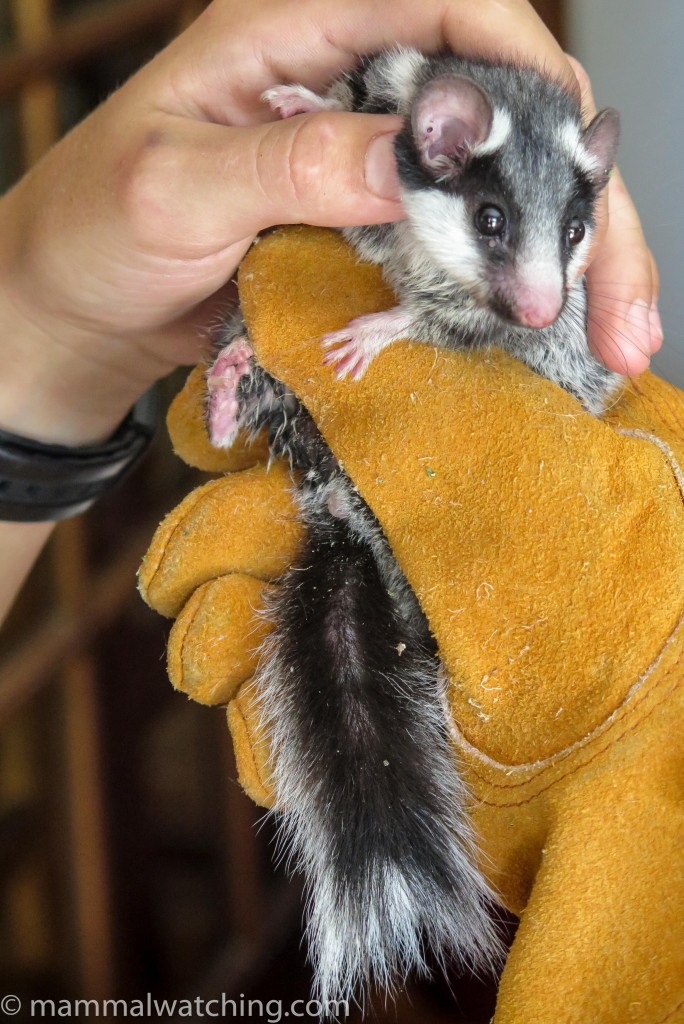
Spectacled Dormouse, Graphiurus ocularis at Dunedin Farm
There are so many of my top places and mammals in South Africa that it is hard to pick just one or two. But Marrick Safari near Kimberley (see my 2007 report and multiple reports since then) and Dunedin Farm in the Karoo (see my 2017 report) stand out. They are both home to a some hard to see and cool species, like Aardvarks and Black-footed Cats at Marrick and Riverine Rabbits and Spectacled Dormouse in Dunedin. Great people in both places, who give you freedom to look for the animals away from the rules and the crowds of the national parks.
The Americas
8. Arizona: Exploring the Chiricahua Mountains from Cave Creek Ranch
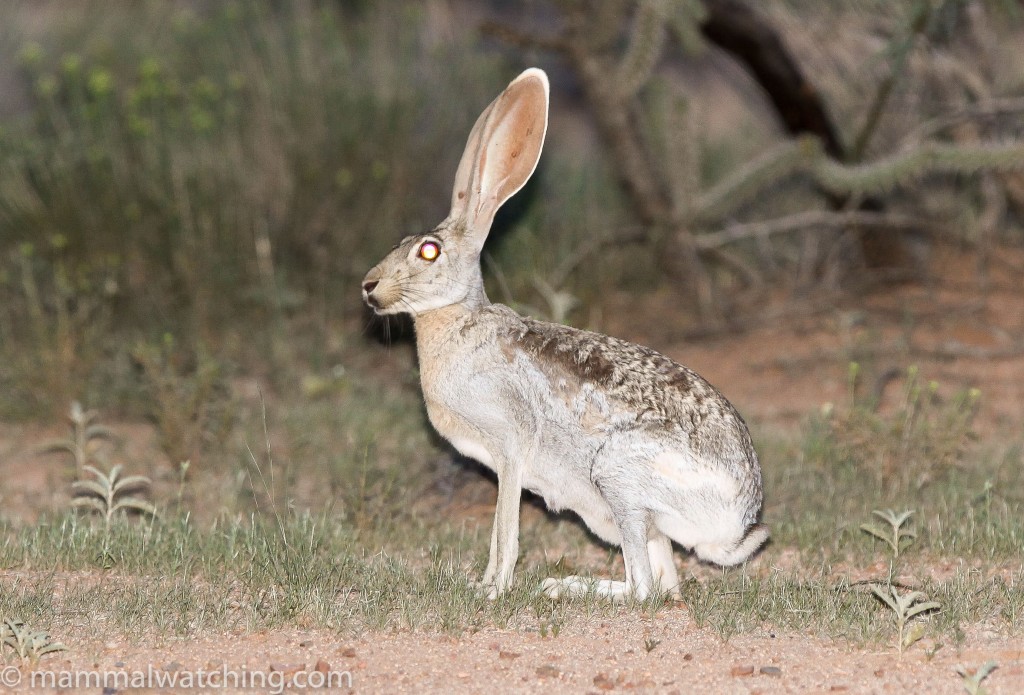
Antelope Jackrabbit, Lepus alleni
There is some very good mammalwatching in much of the North America, especially across the West and above the Arctic Circle. South-East Arizona has to be one of the most beautiful bits of the continent, if not the world, and it is wonderfully biodiverse. There are several species that just squeeze into the USA here. Around the village of Portal you can look for goodies like Black Bears and Mountain Lions, four species of skunks, White-sided and Antelope Jackrabbits, Yellow-nosed Cotton Rats and a lot of bats. Cave Creek Ranch is a great place to stay with many of these species on the property itself. See my 2012 and 2013 trip reports.
9. Baffin Island: Narwhals amd Polar Bears at the Floe Edge
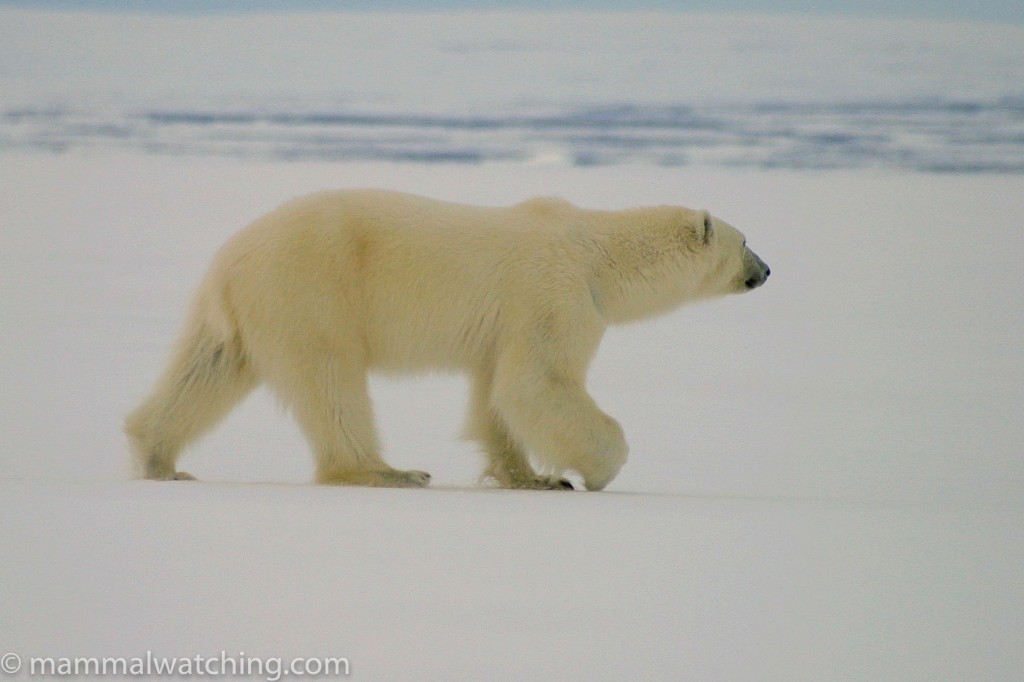
Polar Bear, Ursus maritimus
In early June the Baffin sea ice starts to melt. The edge of the ice floe is a meeting ground for Narwhals, Polar Bears and a host of Arctic wildlife. This is one of the greatest – and most adventurous – wildlife destinations in the world and I was lucky enough to visit in 2006. Polar Sea Adventures organised the trip and did a wonderful job.
10. & 11. Brazil: Giant Armadillos in the Pantanal & Cruising the Amazon with Fiona Reid
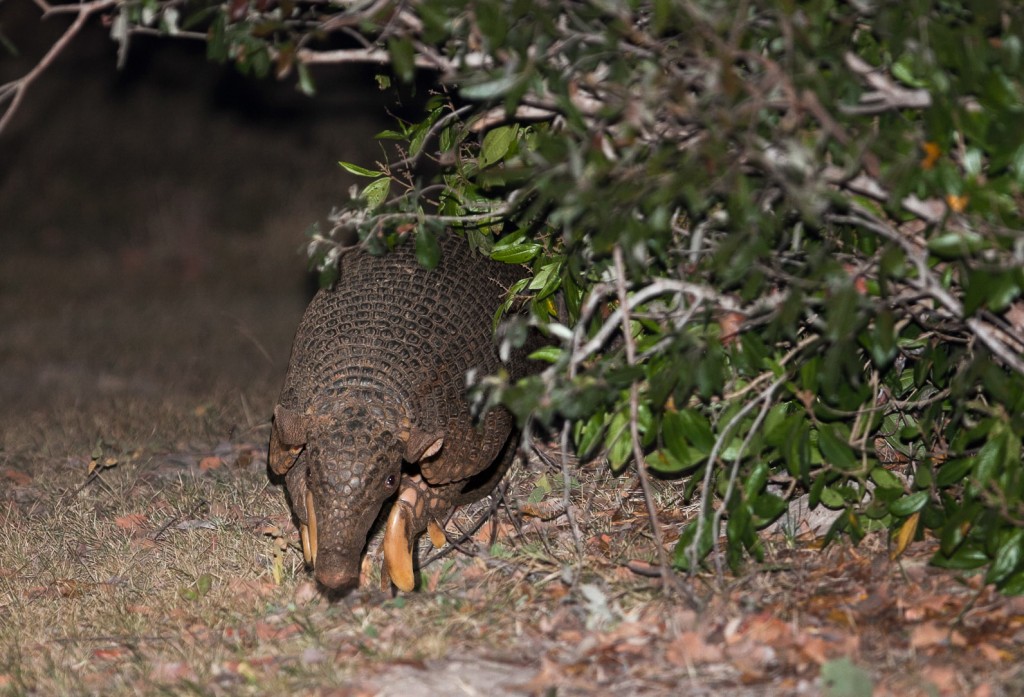
Giant Armadillo, Priodontes maximus, Baia das Pedras
Brazil is an enormous, mega-diverse country. It needs many trips to do it justice. The Atlantic Rainforest and the northern Pantanal are just two areas that offer outstanding mammalwatching. But, for this list, I choose two other destinations. First, Arnaud Desbiez’s Giant Armadillo Project at Baia das Pedras ranch in the southern Pantanal is outstanding. This is a lovely farm, with a bunch of great mammals topped off with the jewel in the crown – Giant Armadillos, one of the very best beasts on the planet. And Arnaud is one of the nicest, most committed and hardest working scientists on the planet too. A true inspiration. See my 2013 report. Meanwhile every mammalwatcher wants to visit the Amazon and there is no better way than to cruise the river system with another great mammalogist, Fiona Reid. Fiona is an artist, a scientist and a mammalwatcher’s mammalwatcher. Any trip with her is going to maximise your chances of seeing a great deal more new species than you were expecting! Two weeks cruising the Amazon with her in 2017 produced 79 mammal species and 50 of those were new for me. Not bad after multiple trips to Central and South America.
12. California: Marine Mammals Galore with Monterey Bay Whale Watch
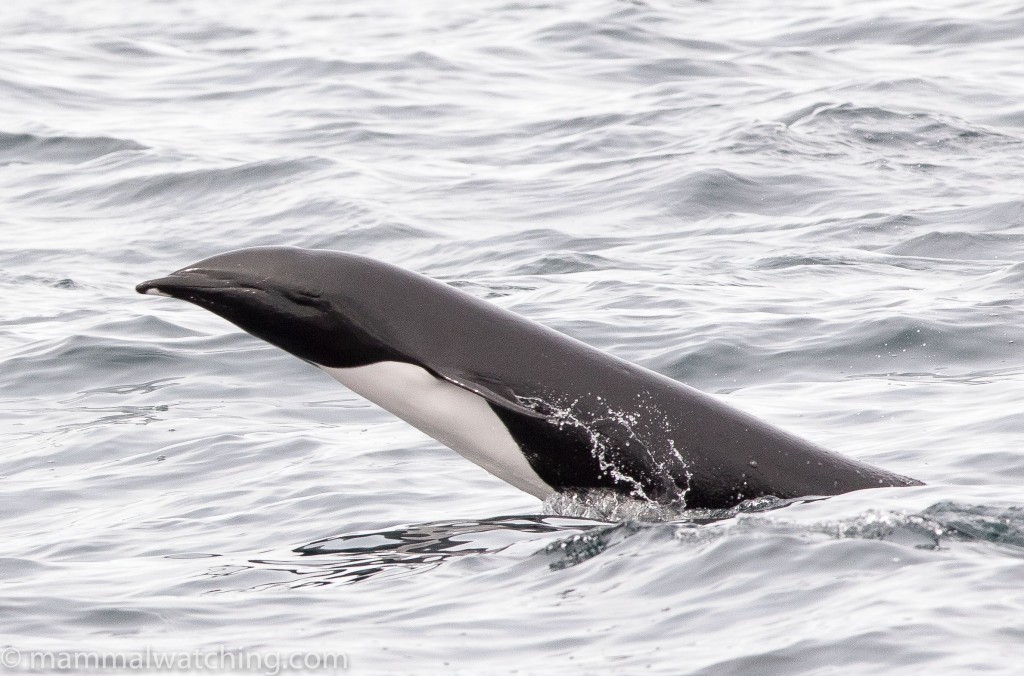
Northern Right Whale Dolphin, Lissodelphis borealis
California has a lot of great mammalwatching, but best of all is the California coast. Whale watching doesn’t get any better than in Monterey Bay, where day trips frequently see more than 10 species of sea mammal. This is one of the best places in the world to see Blue Whales, gorgeous Northern Right Whale Dolphins or enormous “mega pods” of dolphins in their thousands. Epic stuff. See my 2015 report for a taste. Nancy Black’s Monterey Bay Whale Watch is the company to sail with.
13. Mexico: Searching for Small Mammals with Juan Cruzado Cortés
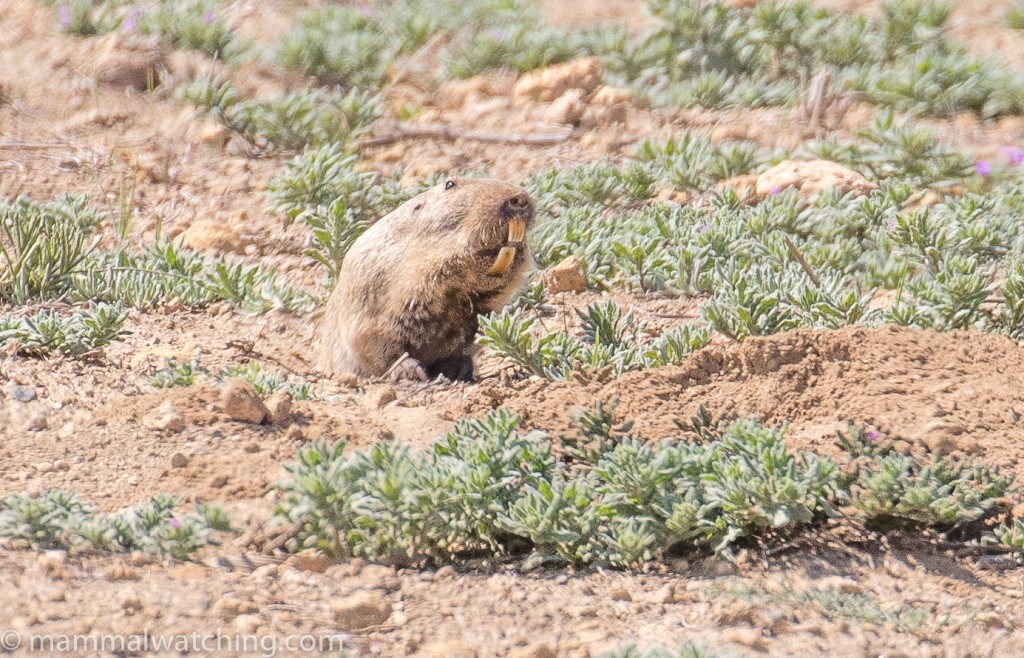
Oriental Basin Pocket Gopher, Cratogeomys fulvescens, Veracruz
Mexico, considering its proximity to the USA, is under-visited by mammalwatchers. There are of course security concerns right now in parts of the country, but a lot of Mexico is as safe and friendly as it has ever been. It is also jam packed with a plague of mammals, and many of the smaller ones are endemic. This is the perfect country to visit with a local biologist like Juan Cruzado Cortés. Not only does Juan know where to find the mammals, and how to catch them, but he can also ensure you stay safe and learn a lot about small mammal and bat catching in the process. I’ve taken three short trips with Juan – here’s one in the Yucatan in 2019 – and there are many more that I plan to take.
14. Nicaragua with Jose Gabriel Martinez
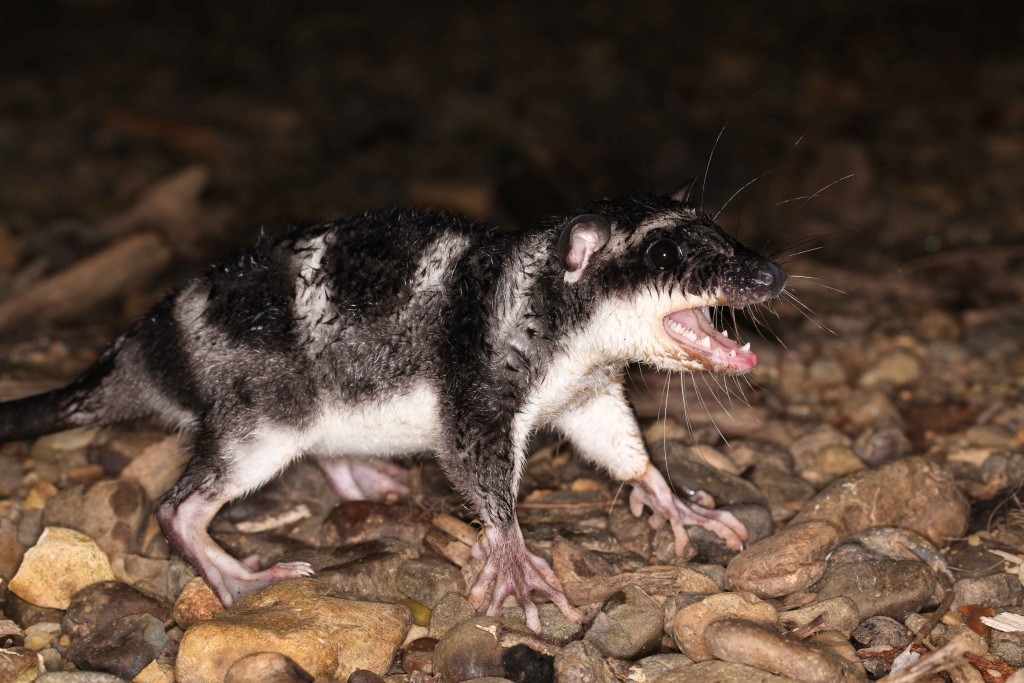 Water Opossum, Chironectes minimus, Rio Bartola
Water Opossum, Chironectes minimus, Rio Bartola
Nicaragua hit the mammalwatching headlines in 2013 with news that a young Nicaraguan biologist was able to catch Water Opossums (Yapoks) by hand. That biologist – Jose Gabriel Martinez – very quickly became the stuff of legend. The man has an uncanny ability to catch animals. In fact it borders on a superpower. I’ve watched him crawl into a hollow log and snatch a bat out of the air in the dark, and leap over a fence to land on a mouse. Jose organised some intense – and record breaking – mammal trips around his homeland. In 2016 he and I found 86 species in 8 days! Jose Gab is now at graduate school in the USA, so like several other mammalwatchers I am counting the days until he graduates and returns home. Meanwhile check out his photos.
Asia
15. Borneo: Deramakot Forest with Mike Gordon
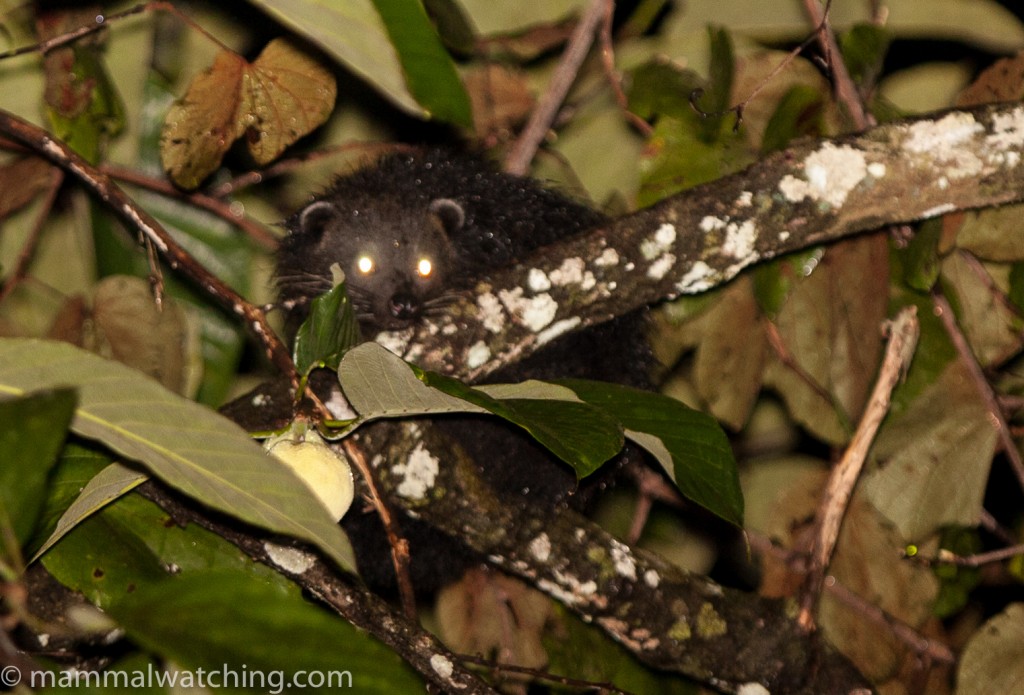
Binturong, Arctictis binturong
The mammalwatching in Borneo has always been pretty special but in recent years it has gone from strength to strength with the opening up of Deramakot Forest Reserve in Sabah. This forest is a mammalwatching paradise. It protects a lot of wildlife and seeing it here is easier than in most national parks. With the legendary Mike Gordon from Advernture Alternative Borneo weilding a spotlight all night long you have the best chances on the island to see Borneo’s most desired species. Where else can you see a Clouded Leopard, a Sun Bear and a Pangolin on the same night? I was not quite so lucky in 2015 ….. I need to go back.
16. China: Giant Pandas with Mr Zhang and Mr He
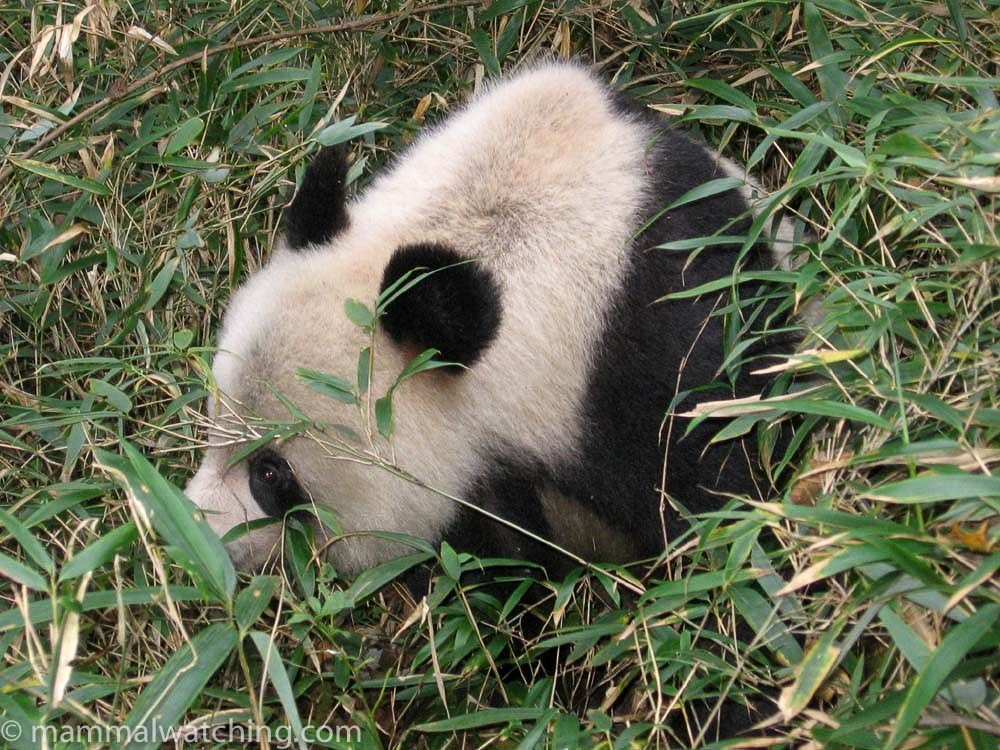
Giant Panda, Ailuropoda melanoleuca
China is another vast country with brilliant mammalwatching. The Tibetan plateau and Sichuan for instance are stellar destinations, where the mammalwatching seem to get better each year. But my first trip to China, to the Qinling Mountains in 2005, stands above all others. At the time it was one of the most adventurous trips I’d taken and my report was in fact the first one I published on mammalwatching.com. That reserve, now sadly closed to tourists, is a beautiful, beautiful place that’s home to Golden Snub-nosed Monkeys, Golden Takin and of course Giant Pandas. Nearly 15 years later I can still remember the excitement of finally seeing one. The reason I saw so much there was entirely due to the remarkable talents of Mr Zhang and Mr He, two park rangers who had a sixth – and seventh – sense for finding mammals.
17. India: Snow Leopards in Hemis National Park
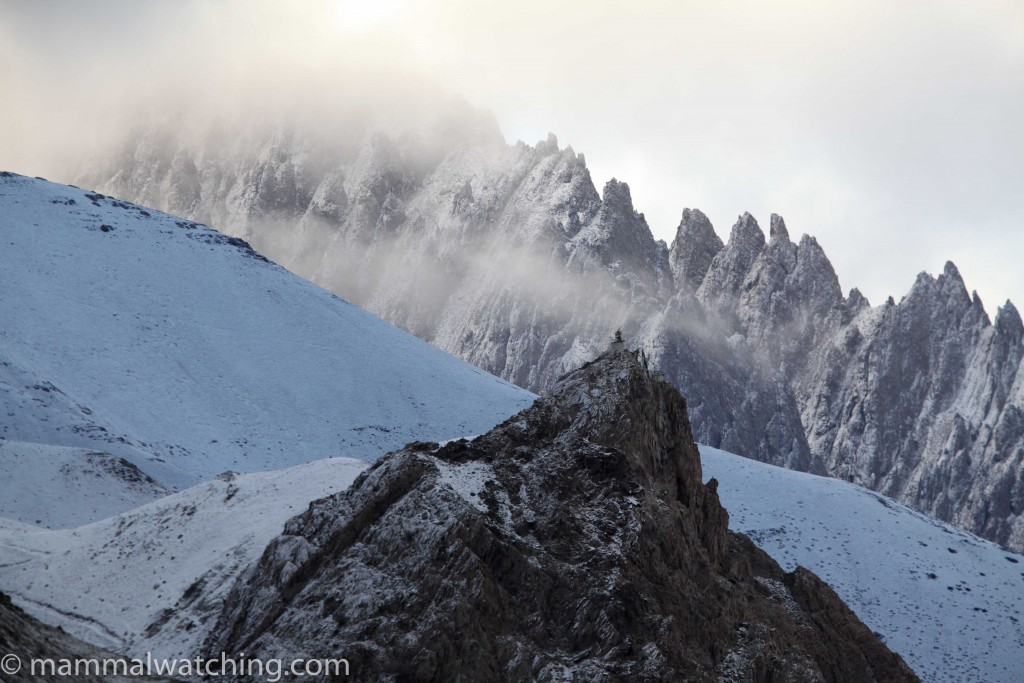
Hemis ridgelines
It is tough to pick just one destination from incredible India. But I think it has to be Hemis National Park in Ladakh. Although Snow Leopard sightings are now popping up regularly in trip reports from Mongolia, China and recently Tajikistan it was not always so. Fifteen years ago I could count on one hand – actually on one finger – how many people I knew who had seen a Snow Leopard: Richard Webb. And then the unthinkable happened: a group of local spotters in Hemis National Park in Ladakh discovered that, if they looked long and hard enough at the mountain slopes, they could regularly spot the grey ghost of the Himalayas. The rest is history. I finally visited in 2014, on a trip well organized by Exotic Travel. Seeing a Snow Leopard was every bit as exciting as I hoped it would be, the scenery every bit as beautiful, and the camp every bit as cold.
18. Mongolia: Exploring the Gobi Desert with Tumen Ecological Tourism Company
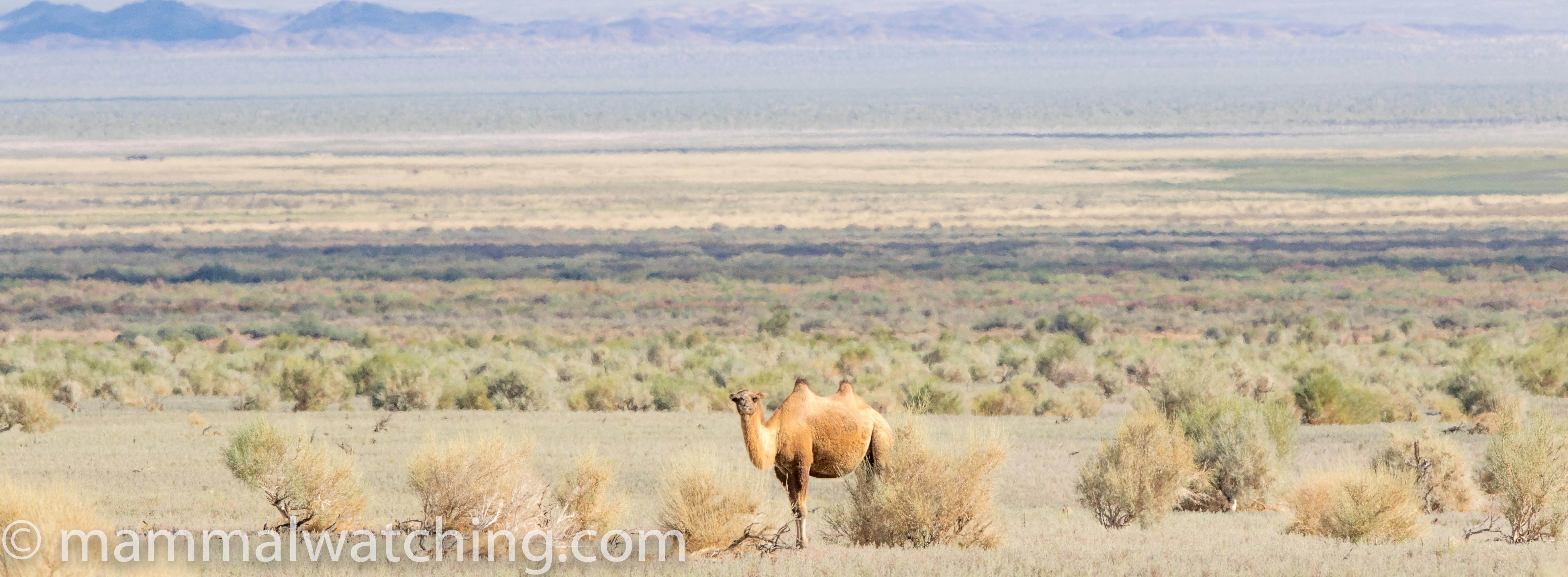
Wild Bactrian Camel, Camelus ferus
No matter where you live I can guarantee it is going to feel crowded compared to the glorious emptiness of Mongolia. The world’s most sparesely populated country might be light on humans, but it is rich in mammals, with Snow Leopards, Saiga and most of the planet’s few remaining wild Bactrian Camels. A trip deep into the Gobi Desert, with Tumen and Oyunaa, is one hell of an adventure. I went in 2016. Not only have you got a good chance of seeing camels, you should also see a plethora of very cool small mammals including the superbly ridiculous Long-eared Jerboa.
19. Sri Lanka: Cleaning Up the Checklist with the Bird and Wildlife Team
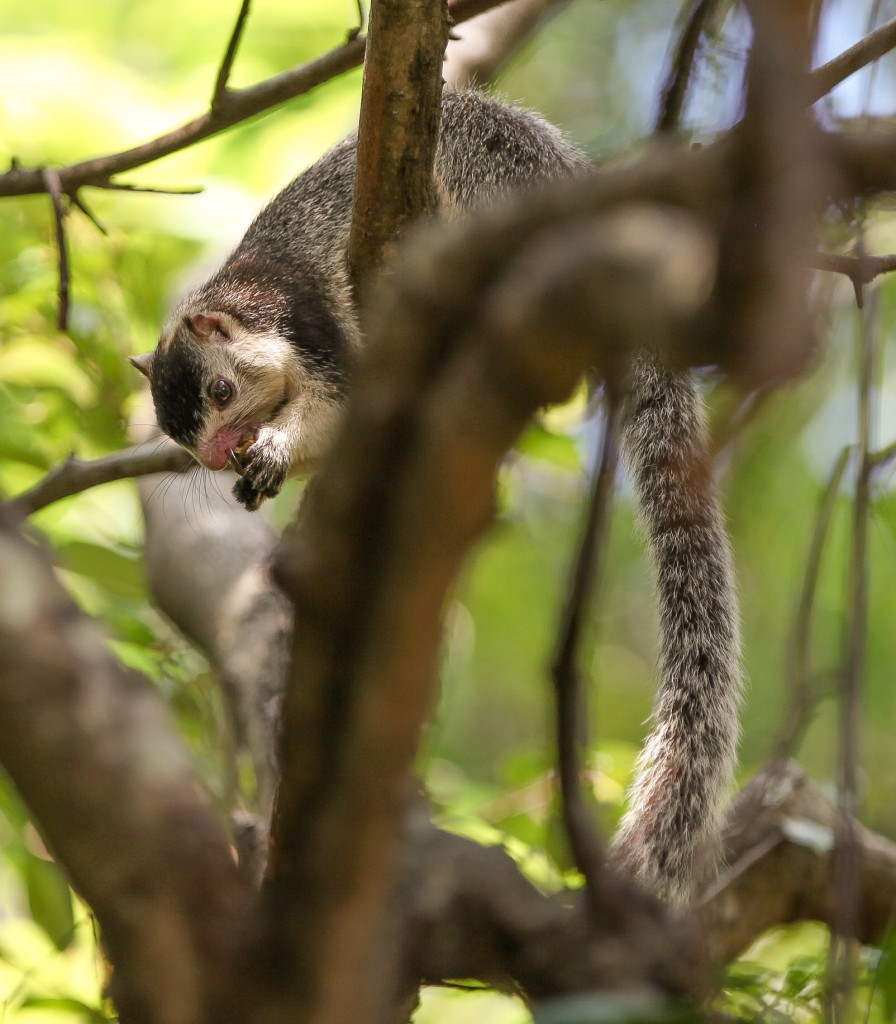
Sri Lankan Giant Squirrel, Ratufa macroura
Imagine if you could see more than half of every country’s mammal species in a week …. what a wonderful world it would be. What a wonderful mammal list I would have. Well, in Sri Lanka you really can if you take a trip with Udi Hettige or the other exceptional guides at Sri Lanka’s Bird and Wildlife Team. These guys know how to find just about all creatures great and small on this beautiful island. Sri Lanka, says their website, “is not only Elephants and Leopards!”. Indeed it isn’t, and a week with this team might clock up more than 70 species including goodies like Fishing and Rusty-spotted Cats and Indian Pangolins. I only spent 72 hours with Udi in 2010 but still managed a very respectable 32 mammals.
20. Australia
Far North Queenland: Bennett’s Tree Kangaroos with Charlie Roberts
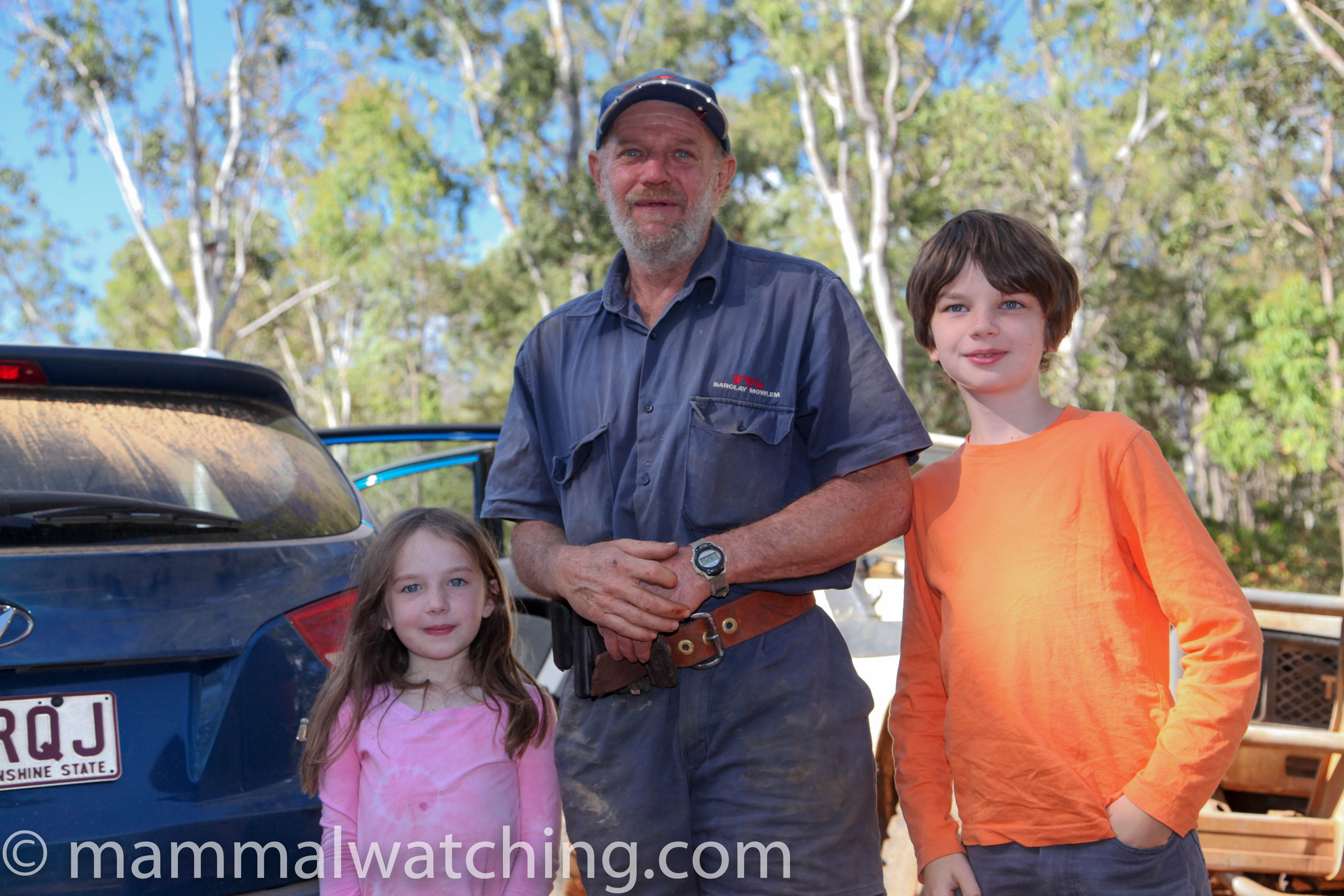
Charlie Roberts and my kids in 2012
Last but definitely not least: Australia. The mammalwatching is so good I moved here and became a citizen. And I could fill a whole Top 20 list with Australian places: from the mind-bogglingly empty wildnerness of the Kimberley in the North West, to the superb mammal watching in Tasmania. Australia has more than its fair share of extraordinary mammals and extraordinary mammalwatchers, none more so than Charlie Roberts, who has lived his whole life in the rainforest on Mount Misery near Cooktown in north Queensland. Charlie, and his brother Lewis, know the land, and its wildlife, like the backs of their hands, and looking for mammals with Charlie is an experience unlike any other. Its pretty much time travel: and I get the impression he sees and experiences that forest in a totally different way than I do. Charlie is the man to find you a Bennett’s Tree Kangaroo. But he can also find pretty much any other mammal in the area you can think of including Striped Possums and Large-eared Horseshoe Bats (the local Robertsi subspecies of which was named after his Dad). I’m pretty sure Charlie will never get an email address. But you can usually track him down through the Lion’s Den Pub in Helenvale.

